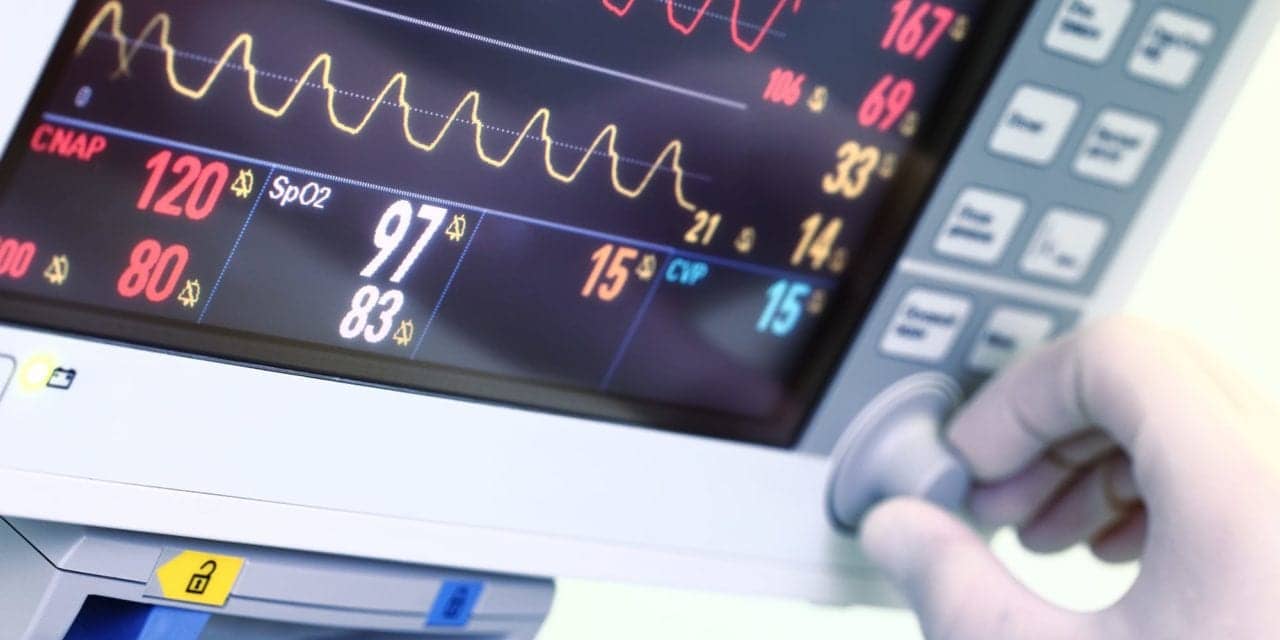By Edwin Coombs, MA RRT-NPS, ACCS, FAARC
As we have seen to date with COVID-19, those patients severely impacted by the virus often require various levels of respiratory care in the intensive care unit (ICU), including high flow oxygen therapy, noninvasive ventilation, or intubation and invasive ventilation. This places a tremendous resource strain on hospitals across the country where the pandemic continues to be problematic. Not only in terms of equipment, but qualified staff as well.
The approach to caring for COVID-related respiratory failure has shifted from early intubation to use of high-flow oxygen therapy and avoidance of mechanical ventilation if possible. The number of patients in the ICU requiring mechanical ventilation has fluctuated dramatically during the past 6 months, based on patient severity and clinical support required.1
Here are three key areas to address when evaluating your respiratory care support strategy to help ensure you have critical assets available when the need arises.
Preventative Maintenance
Early in the pandemic crisis, news stories highlighted the shortage of mechanical ventilators in US hospitals. The United States Government and many medical device manufacturers such as Dräger have worked diligently since the start of the crisis to meet the surge in demand for these life saving devices Even for those hospitals that have an adequate number of ventilators to care for their ICU patients, they are of no use unless they are properly functioning.
Preventative maintenance is critical at this time to ensure a hospital’s mechanical ventilators are ready for use when needed by clinicians. Manufacturers often provide formal training for in-house biomedical technicians that enables them to perform regular maintenance, as well as offer their own technical service representatives to perform more complex maintenance and repairs. Dräger provides a myriad of service programs to meet customer’s individual biomedical support needs.
In the event that a hospital must redeploy older ventilator models that have been placed into long-term storage to meet patient demand, the facility should perform full preventative maintenance and any needed repairs prior to clinical use.
Staff Training
Having dealt with multiple surges in COVID-19 cases over the past year, clinicians in U.S. hospitals are feeling overwhelmed, exhausted and burnt out. Still today, there are many areas that simply do not have enough experienced respiratory therapists (RTs), registered nurses (RNs) and intensivists (MDs) to manage the 24-hour a day, complex care required of virus patients. Hospitals have had no choice but to engage other clinicians in caring for these patients, including those new to the field or with little expertise in intensive care.2
Teaching these caregivers how to manage patients on mechanical ventilation is not a simple task. In a recent article, Dr. Lewis Kaplan, president of the Society of Critical Care Medicine, explains how ventilators “are exceptionally complex machines that require expertise and constant monitoring for the weeks or even months that patients are tethered to them.” Dr. Eric Toner, an emergency room doctor and senior scholar at the Johns Hopkins Center for Health Security, stated: “you can’t teach someone overnight the right settings and buttons to push on a ventilator for patients who have a disease they’ve never seen before.”3
Turn to your ventilator manufacturer for support with staff training. In addition to on-site, remote broadcasting, on-line instruction and in-servicing, some manufacturers also provide virtual resources to supplement device instructions for use (IFU), such as educational videos. For example, the Ventilator Training Alliance (VTA) has a smartphone app that houses a multitude of ventilator education resources, with over 71,000 users. While there are no substitutes for hands-on training, this information can help fill some of the learning gaps as hospitals work to educate staff on effective and safe ventilator use.
Proper Cleaning and Disinfection
Ensuring mechanical ventilators are properly cleaned and disinfected between patient use is critically important to prevent cross-contamination or infections, such as ventilator acquired pneumonia (VAP). This involves the disassembly of the multiple ventilator components, including the flow sensor and expiratory valve (unless using a disposable valve), followed by manual or mechanical cleaning and disinfection.
When faced with a surge in COVID-19 cases among patients that stretch staff and equipment resources, there is the risk that some reprocessing steps could be overlooked in the rush to make a ventilator available for the next patient. Be sure to educate staff on the importance of strict adherence to the manufacturer’s IFU to ensure effective cleaning and disinfection and avoid potential patient harm. Reprocessing between patients is also an ideal time to inspect a ventilator for damage and replace any broken or worn out parts.
We are all looking forward to eradicating the COVID-19 virus (SARS-CoV-2) and its insidious effects around the globe, until then it is imperative to follow CDC guidelines. Utilizing the resources that have been made available to support hospitals and clinicians and further research and education are paramount to all of our success.
Edwin Coombs, MA, RRT-NPS, ACCS, FAARC, has over 35 years of experience as a registered respiratory therapist. He currently serves as Dräger’s senior director of marketing for portfolio solutions training, clinical affairs, and intensive care at Dräger in North America. He also is an adjunct professor at the University of Missouri School of Allied Health Professions as well as an advisory board member at Rutgers University for Innovation & Disruptive Business. In these roles he shares his passion and experience for bringing new technology to market and educating clinicians to improve many aspects of health care delivery. For more information, contact [email protected].
References
- https://www.covid19treatmentguidelines.nih.gov/critical-care/oxygenation-and-ventilation/
- https://www.cdc.gov/coronavirus/2019-ncov/hcp/mitigating-staff-shortages.html
- Now the U.S. Has Lots of Ventilators, but Too Few Specialists to Operate Them, The New York Times, November 22, 2020, https://www.nytimes.com/2020/11/22/health/Covid-ventilators-stockpile.html











